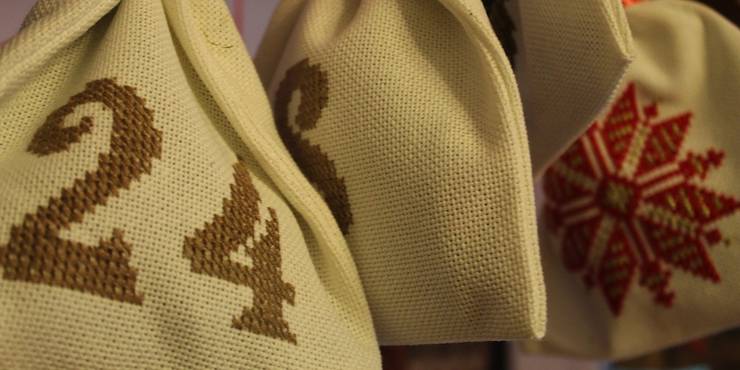5 Tips for Saving Money on Back to School Supplies

August 27, 2013
Before each term comes the dreaded realization that the kids still need new back to school essentials for the upcoming term. Uniforms, pencil cases, lunchboxes – each year it just seems to get more expensive as more products hit the market and children want to keep up with the latest must-haves. With this in mind, we’ve put together some great ideas for saving money on all of the back to school supplies needed, helping you to stay on budget without compromising on what are your children need.
Tip 1: Group-buy back to school supplies
With the growth of companies like Groupon and KGB Deals, most people are fairly familiar with the idea of group buying, in which the more people who agree to buy something, the lower the price becomes. This can be used on a smaller scale at supermarkets for uniforms, or stationers for pencil cases. By teaming up with other parents, you can buy in bulk or at least benefit from multi-buys, without being lumped with 3 pairs of trousers that you know won’t even fit next term.
You just need to get a few parents together in the group, task each member with a particular item to buy across standard sizes/colours, before reaping the savings by buying together rather than as a separate family unit.
Tip 2: Buy new crazes after the term starts
Children love having the same as they’re friends, which often leads to constant nagging for the latest pencil case or lunch box based on favourite TV programmes or film heros. Rather than succumbing early, try and hold off until the first 2 weeks of term have passed, with the promise that you will buy their chosen item (again, you could try getting other parents in a group-buying group to do the same). This will reduce the risk of the on-trend products quickly falling out of favour as something new is the next big-thing, that your kids have only found out about after returning to school. You’ll then be in a position to buy the new craze, with everyone a winner as you haven’t wasted any money buying something no-longer wanted.
Tip 3: Swap and save with other parents
This is just about one of the oldest and widely known tips, but many people still don’t seem to do it. By using a network of parents with children of different ages, you can often find items that will be especially perfect for younger children who may not care quite so much if they’ve got an old gym bag. Better still, hold a swap and save day with the kids so they can pick out what they want, with each being able to pick one item at a time to avoid potential arguments.
There are also some great groups starting up on Facebook such as Facebay, which list items other people no longer need in your area. You may not be able to pick it up for free, but you’ll certainly save huge amounts compared to buying brand new, as well as reducing landfill and doing your bit for the environment.
Tip 4: Shop at shops not known for back to school essentials
So this may sound like a funny one, as you don’t want to spend hours hunting down everything in this way and looking endlessly for supplies. However, for things like rucksacks and plain t-shirts for P.E. lessons, you may just find it’s worth that extra bit of time. You’ll often find camping stores have huge sales after the festival periods, as well as throughout winter when most people in the UK are understandably not shopping for camping gear. This means you can pick up good quality bags, often from big brands to keep the kids happy, at knock-down prices.
Likewise, try office supply companies like Viking and Euroffice at the end of the tax year (March/April), when they have huge sales to capitalize on business having money to spend in their new budget. They are a great source for everything from pencil cases (albeit slightly plainer than you may find in WHSmith), together with standard writing pads and pens. Just in time for the Easter term!
Tip 5: Set your kids a budget for their back to school gear
This is our favourite tip if you have older children, as it helps to cut down the arguments if they decide that it was the wrong item and is no longer ‘cool’. They’re the decision makers and it also saves you time, as they can do the hunting themselves to find all the stuff they need. To start off, set a realistic budget and then make sure you run through with them all of the things they need. If they want two items that may be the coolest thing for them, it’ll then come down to them to decide which they want more, as they don’t have money for both.
It’s also a great tool for helping them to start to appreciate the value of money from an early age, that it doesn’t grow on trees and that compromises often have to be made. By understanding the basic costs, it often helps to make sure things aren’t lost as often, as kids know they may not be able to get a replacement if it’s too expensive.












